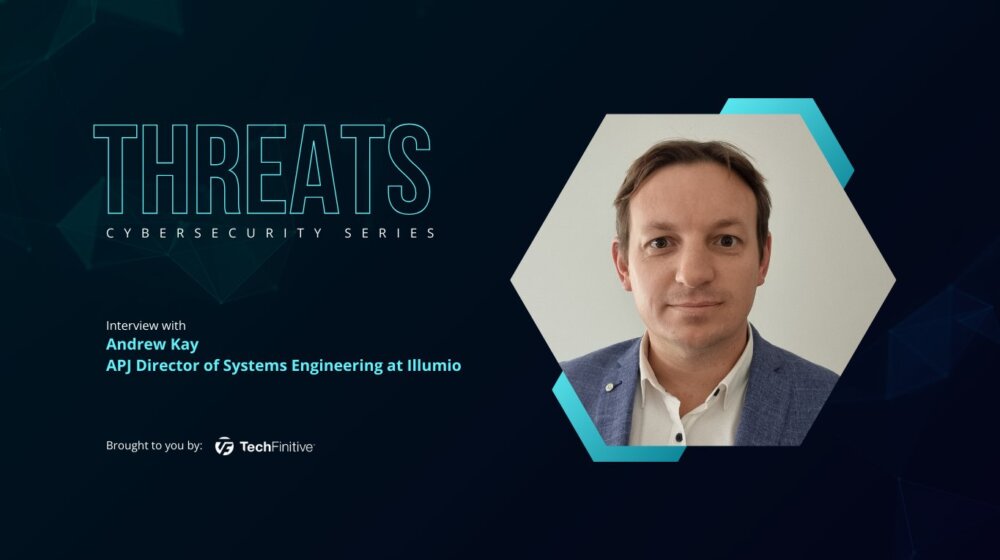
How Green Project saves millions of ink cartridges from landfills
Printing may have passed its heyday, but it remains a huge and lucrative market. For proof, just look at the number of well-established tech companies still operating a printer division. After all, a printer is a gateway for selling ink cartridges on a regular basis – and that’s where the real money gets made.
When those cartridges are spent, though, they often end up in landfill. Made mostly of plastic, they can take as long as 1,000 years to break down (and most plastics never truly break down at all – they just make their way into the food chain). Ten years ago, a study indicated that as many as 375 million cartridges were discarded every day – and while that number is likely to have dipped, it will still be in the hundreds of millions.
This brings us to Green Project, a company we had the pleasure of getting to know at CES. David Woo, its North America Sales Manager, told us how Green Project goes about repurposing spent cartridges, saving millions of them from ending up in landfills every year. Interview below, edited for clarity.
Recommended reading: Microalgae might help smart cities become greener
If you could, please start by introducing yourself and the company.
My name is David Woo and I work for a company called Green Project. We specialise in recycling original ink and toner cartridges, which helps the environment by giving a second or third life to items that would otherwise end up in landfills.
How do you source them? How can consumers get the over to you?
Mostly from brokers who are mainly collecting them from schools and universities. There are other collection points, notably at big-box retail stores where people drop their recycling, but mostly we’re relying on brokers.
Once you get them what do you do with them?
We send them to our factory where they’re inspected and quality checked. We replace or refurbish any parts needed and refill the cartridges. We then repackage them and have them sent back to our warehouse in California, from where we sell them to mainly resell wholesale channels.
Which types of printers are they compatible with?
Most of the bigger names, like HP, Canon, Brother or Epson. Pretty much those.
And how do they feel about Green Project?
(Laughs) They don’t like us dabbling with it (laughs). Typically, the manufacturers release periodic firmware updates – which don’t add much value to the printer, but change the software enough that the cartridges won’t get recognised. So, we then need to update our software as well so we can recode them and get recognised again.
Like a game of cat and mouse!
Pretty much, yes!
How long has Green Project been in business? And how’s it going so far?
We started in 2008 so we’ve been around for quite some time.
Printing is down about 3% year over year, which is tough. Fewer people are printing. But for the next ten years, we think it’s going to remain somewhat stable.
Do you have an estimate on how many cartridges you might have put back into circulation that would otherwise go to landfill?
We’re probably looking at roughly three to four million a year, just on the ink side and just in the US.
Related printer articles
NEXT UP

Andrew Kay, Director of Systems Engineering APJ at Illumio: “The most worrying development with ransomware is that it has evolved from simply stealing data to impacting IT availability”
Andrew Kay, Director of Systems Engineering APJ at Illumio, has 20 years’ experience helping organisations strengthen their cyber resilience. We interview him as part of our Threats series on cybersecurity.

The imperative of making a career in the data centre industry attractive
Adelle Desouza addresses the problem of an ageing workforce in the data centre industry as well as how to make it an attractive career for new generations

I don’t care who hacked the Ministry of Defence, I do care how they did it
We may never know who hacked the Ministry of Defence, says Davey Winder, but who cares? It’s how they did it that has real-life implications